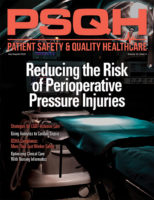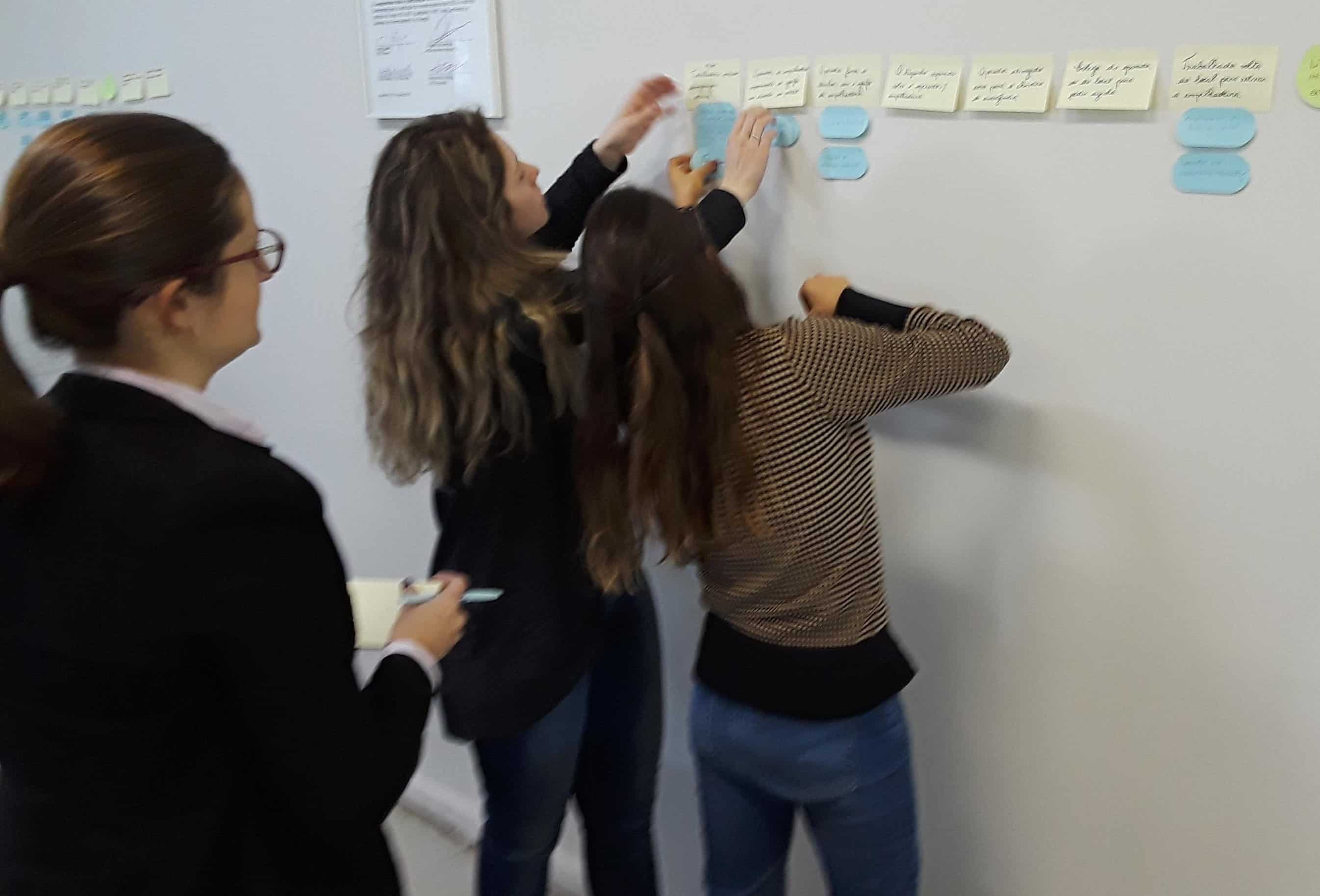Medical Errors: Are You Preventing Pressure Ulcers?


My wife was in a cast a few years ago. After about a day, she noticed it was itchy on the bottom of her foot, near her big toe. We didn’t think anything of it (never in a cast before). When we went in for a checkup after a few days, she told the doctor. They pulled off the cast and found a blistery area on the bottom of her foot. It was caused by a slight pressure from a bump in the cast, which cut off blood flow to that small area on the ball of her foot. It ended up being pretty minor (big blister the size of a half dollar), and it healed up just fine.
I was amazed to find out that this can be fairly common after only a few hours in a stationary position, for example, during surgery. They can turn out to be very painful and potentially disfiguring. DO NOT, under any circumstances, Google for pictures of pressure ulcers!
Here is a guide on how the medical community can help prevent pressure ulcers. It is meant to be a proactive means of looking for opportunities to prevent or detect the circumstances and risk factors associated with perioperative pressure injuries.



